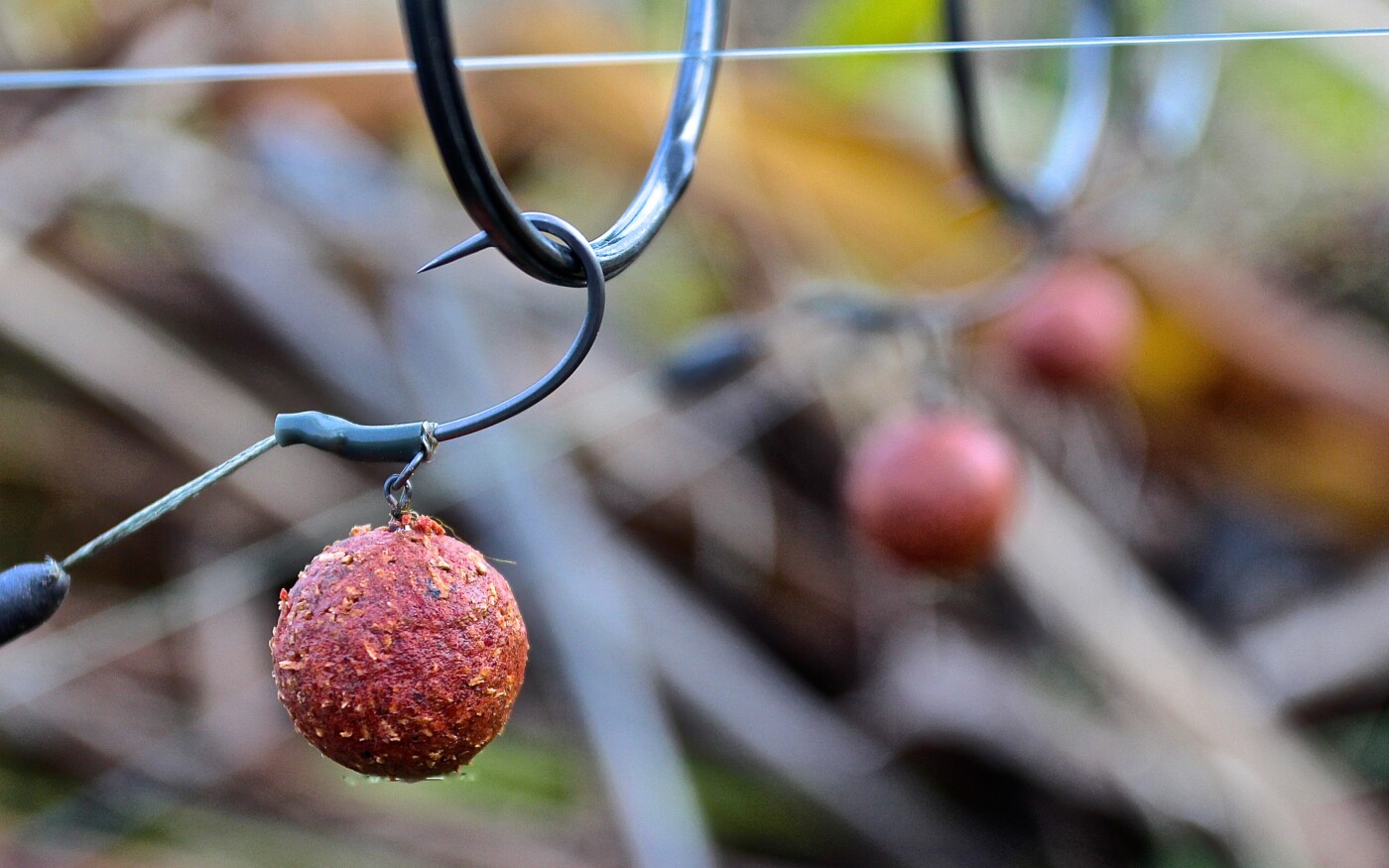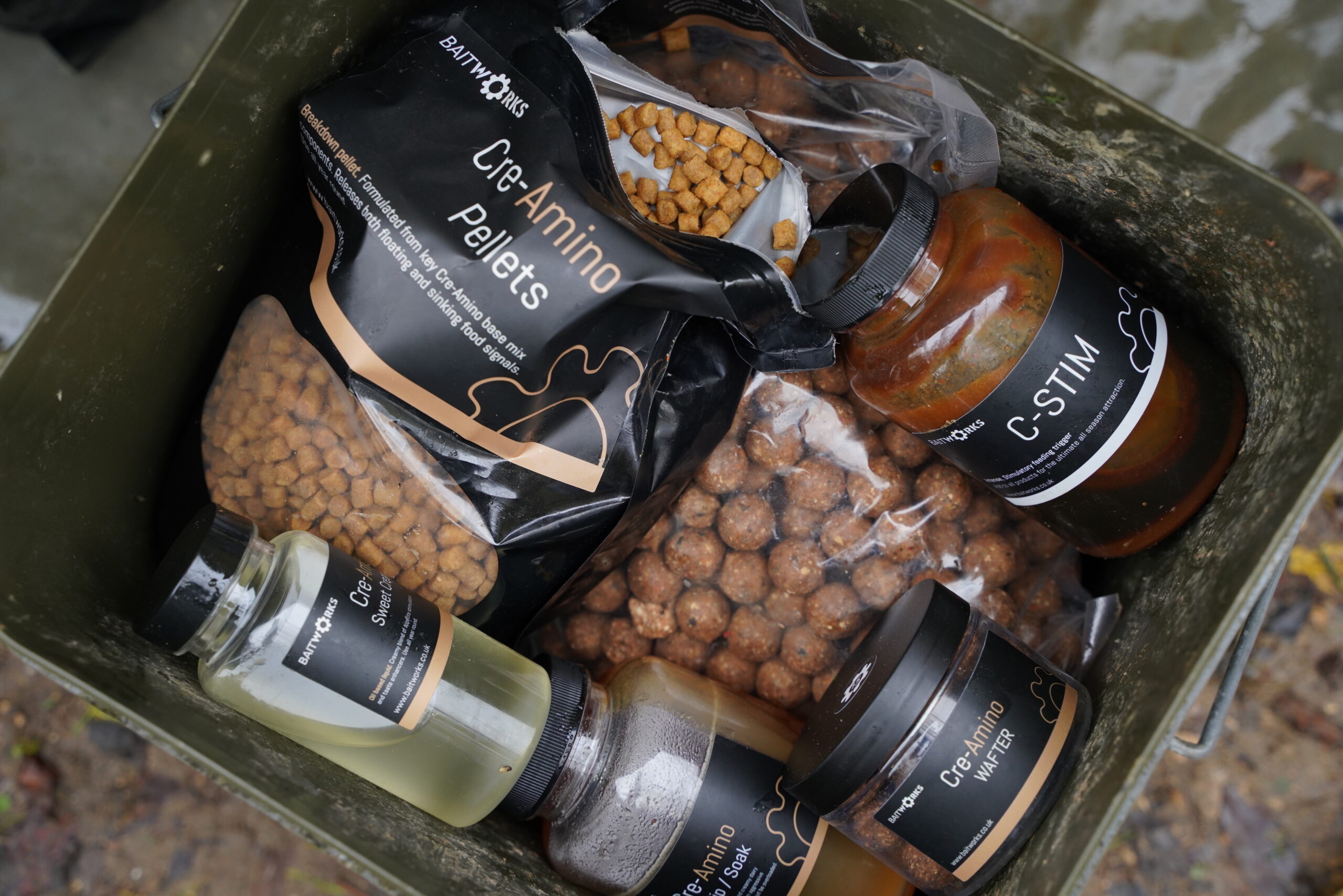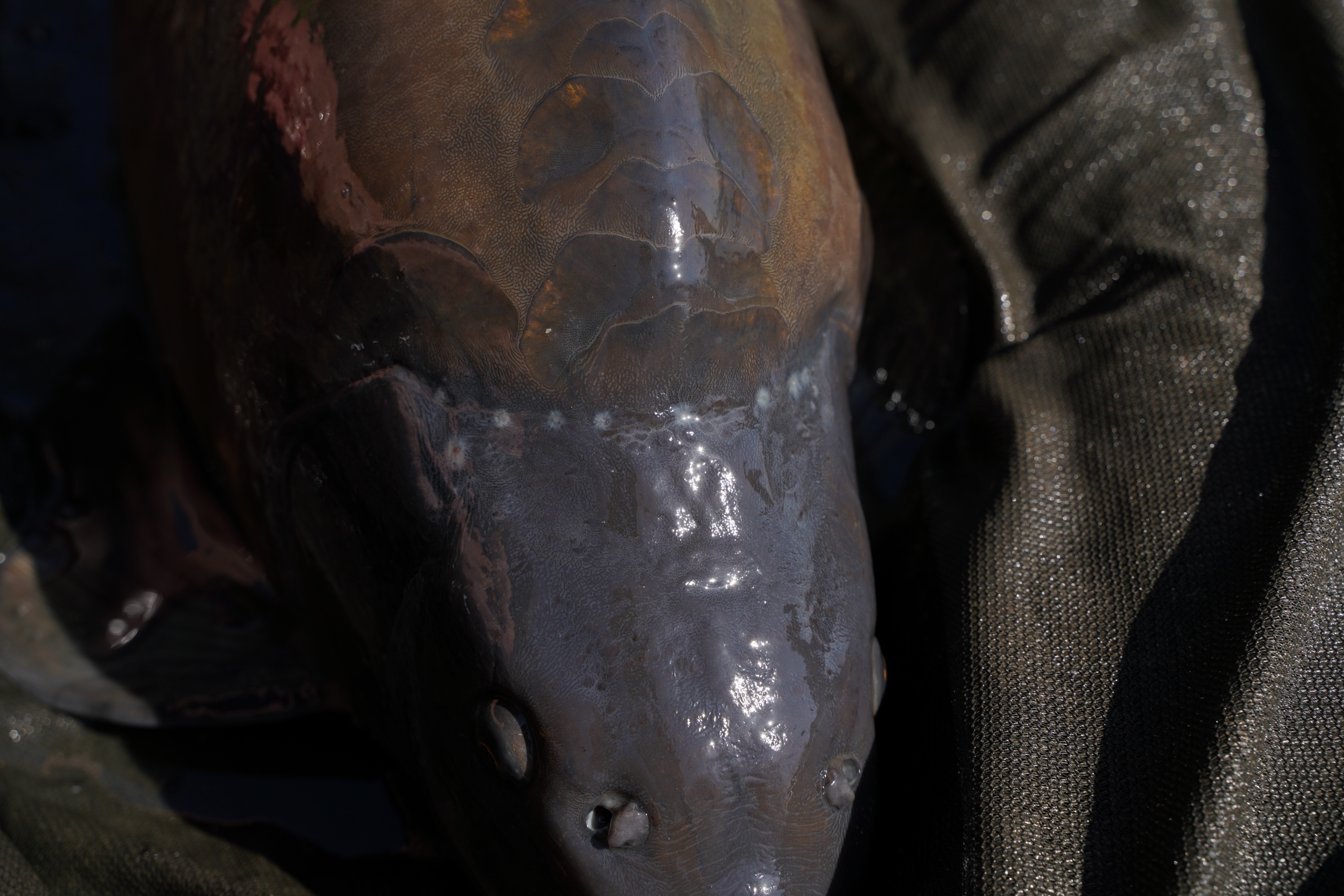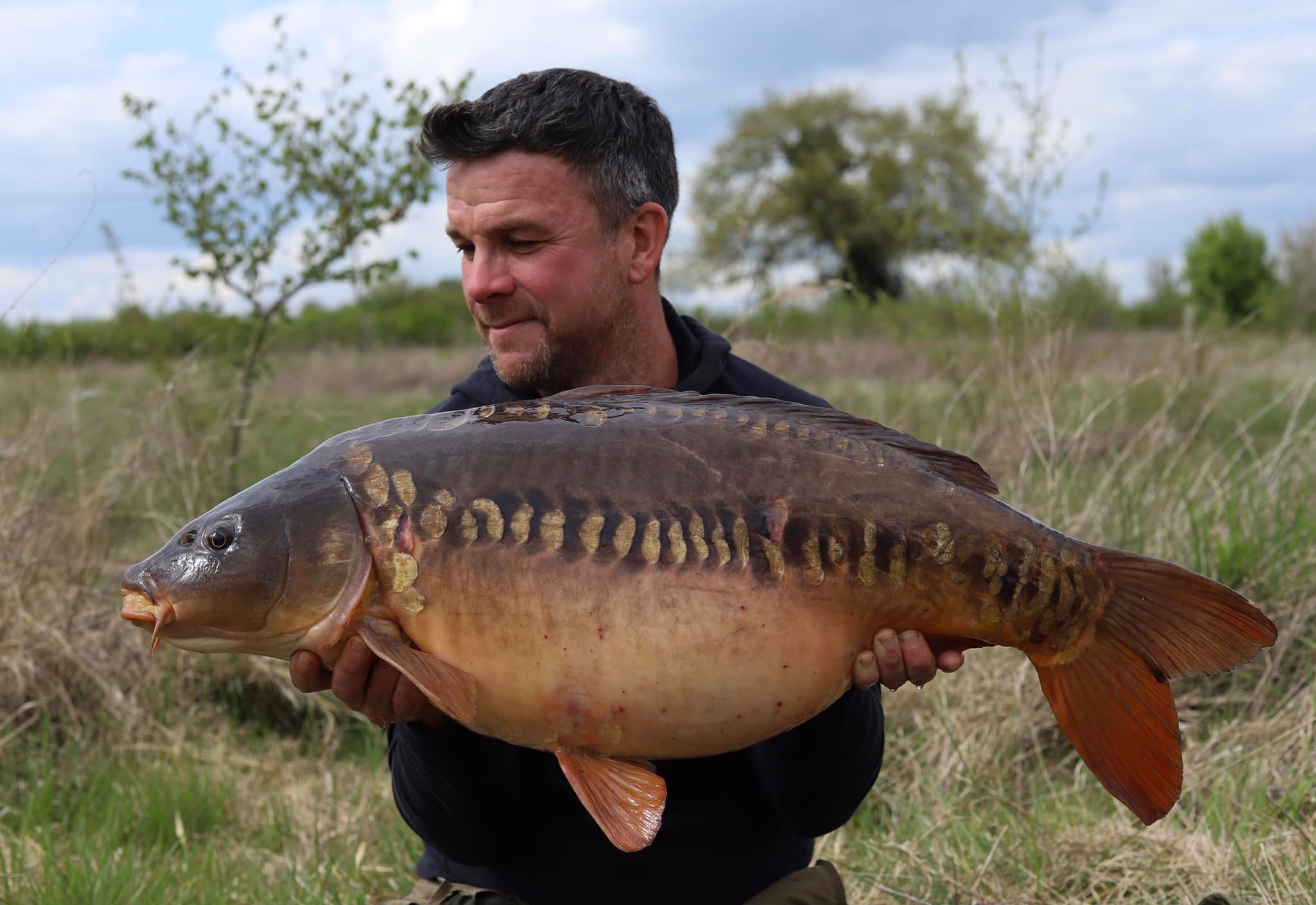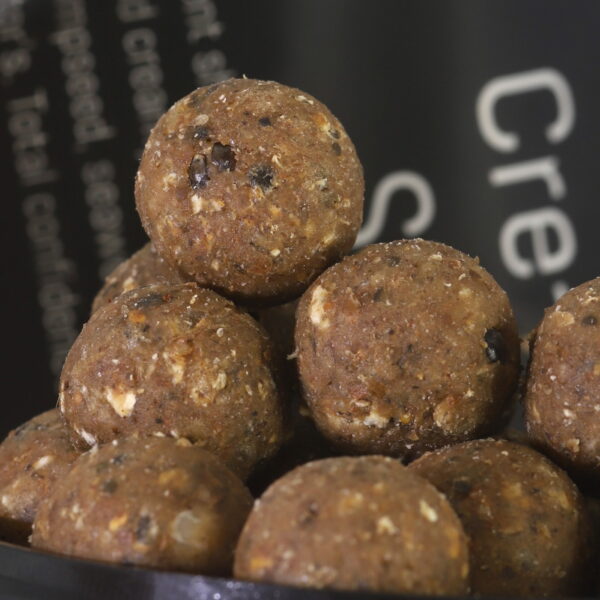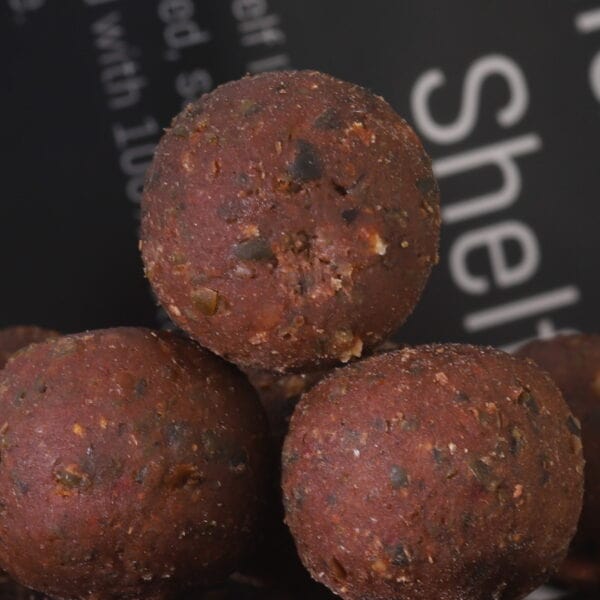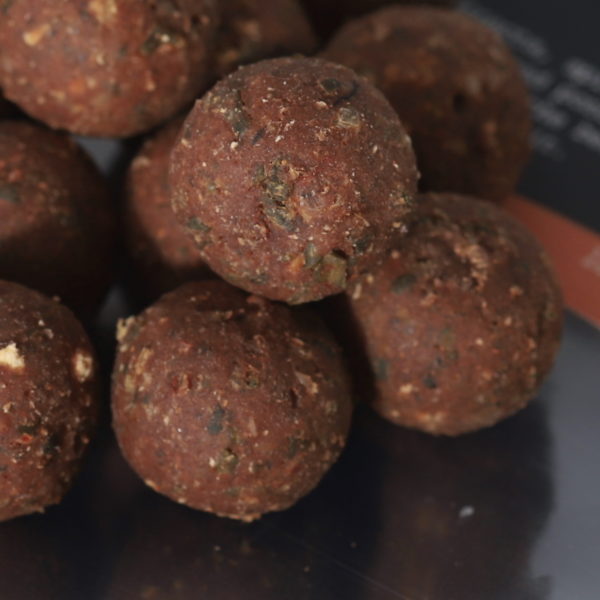04/03/22
Bait Choices – Mark Bryant
So many choices
A starting point
If you’re a newcomer or just someone that’s looking for a new bait to try where do you start? It’s very easy to get blinded by the choices available today and it’s even easier to get caught up in a world of clever marking techniques that help persuade you into parting with your hard earned cash. So how do you choose, what’s important in making the right choice for you?
Consistent Results
Cost
Working in the trade I can confidently say the most common question we get asked is “how much” or “what’s the cost for x kilo”
Granted in all walks of life cost is important, but if I said we’ll make bait and sell it for £1 a kilo would you snap my hand off or stop for a minute and maybe question WHY is it so cheap?
Surely when it comes to the important things, good quality bait sits pretty high up on all anglers’ priority lists right? Well, I’m not sure that’s quite the case in today’s world of price driven purchasing. Especially when marketing is just too powerful for some to ignore…
The Good Stuff
Bait Making 101
Let’s look at facts, carp recognise the nutritional value of the food they eat. Experience has always told me that better quality baits with optimum levels of quality ingredients will always outperform lower quality food sources.
We know carp will sample pretty much anything but having a good quality food source will ensure your results are consistent, year in, year out and that carp will recognise your bait as food (pretty important if you want to catch you could say)
The biggest challenge as a bait maker is helping anglers understand that not all round balls of food are the same and that what you smell, can often bare no relevance to how good a food source that bait really is.
Humans love to sniff baits but texture, softness and raw ingredients are all far more important things than the human nose test.
Quality over Quantity
Hard Wired
Another fact is that carp are hard wired to detect amino acids in their environment. When proteins are broken down or start degrading (solubility), amino acids are released into the surrounding water and carp can detect these micro, often delicate amino acid chains through a process called chemo-reception (smell/taste).
The carps receptors are located all over the body and particular around the head and mouth area. In the carps nose there is an ‘u-bend’ channel. Here there are a dense collection of chemo-receptor cells – up to half a million in a square millimetre can detect not only the smell but also can decipher the nutritional value of the food type before it is even consumed! Clever stuff.
Decisions decisions.....
Boilie type
Broadly speaking there are a few different types of boilie available these days. Marine derived, nut meal, milk protein, bird food. To confuse matters further these meals can be mixed to give you a hybrid boilie!
Marine Derived
Typically these boilies would be made with the inclusion of marine derived proteins, more commonly these would be fishmeal, squid or krill (or other marine products)or a mix of all listed. There is little doubt that carp love this type of food. The whole Aquaculture industry has been built on feeding these marine derived proteins for decades to grow our fish. It’s worth checking the type of meal being used and also the inclusion rate within your chosen boilie. Inclusion rates of a high quality fishmeal 20-30% will have them tearing up the bottom.
Nut Meal
These have risen in popularity over the last ten years. There is little doubt that fish find nut-type boilies very palatable. Due to the course nature of nuts, they will help with the free flow of water into the boilie, very important for food message leakage. There are many types of nuts on the market with tiger nuts being the most common. Tiger nut is not actually a nut it’s a tuber and part of the sedge grass family (Cyperaceae). This nut contains around 20-30% oil, part of the reason that carp like this product so much. The other widely used nut is the peanut. Again with a high oil/fat content of 40-50%. Fantastic for the summer but will have restricted food signal flow once the water drops below 10 degrees due to the fat content. Again, check the inclusion rate of these products with your boilie supplier.
Milk Protein
These baits were all the rage back in the late 80s to mid 90s. The milk proteins/fractions have spiralled out of control price wise in recent years but they are still very good ingredients due to their soluble nature. Calcium caseinate boasts an impressive soluble protein content that can deliver an impressive free amino signal from the boilie. Most boilie manufacturers have phased these products out of the baits due to cost. If any claim to have these, once again, check the inclusion rate/levels.
Bird Food
Once again from the past but still in use to this day. There are hundreds of different bird food available. One of the most attractive ones is hemp seed and some of the bird food blends (TK conditioner). They give the bait texture and again allow for free flow of water exchange into the boilie, very important. This allows other ingredients and liquids to leak from the bait over a sustained period. Most bait companies will struggle to roll these types of bait due to the course nature, the more course the bait (open texture) the quicker the food signals will release once submerged.
With all of the above baits, solubility is key. The last thing you want is for your boilie to sit on the lake bed and do nothing. Water exchange is vitally important to allow the food signals to flow from your bait. The texture will play a role but also the type of binders used will have a massive effect on how the bait performs. Some of the cheap glutens and some gels will bind the bait too well and not allow any water penetration, they look and feel great but remain as rubber balls even after 48 hours in the water. Ideally, you want the boilie to get softer and to break down during your fishing trip. A difficult balance to strike between firm and soft I know.
Food
Quality Food Sources
Our ethos has always been the same. We use the freshest ingredients we can source, at optimum levels. We invest in the creation of high nutritional food sources and never try and race to the bottom or create a lower cost bait for sales driven purposes.
Also, I feel we’d be doing an injustice if the food we made didn’t give a nutritional benefit back to the carp. This helps repair, recover and grow.
The bit that often gets overlooked in today’s price driven consumer purchasing is good quality ingredients aren’t cheap, in fact, they’re rising at a rapid rate year on year.
So our advice is simple. We appreciate bait is a personal choice but we’d always advise you to avoid buying cheap, ask yourself if are you really using the best food source you can find? If in doubt pick up the phone and have a chat with your bait supplier.
Not all round balls are equal, don’t get blinded by clever marketing either. Buy from a bait company that’s stood the test of time as in this game, catch reports are a pretty good indication of the quality of the products available and the longevity of the bait they sell.
